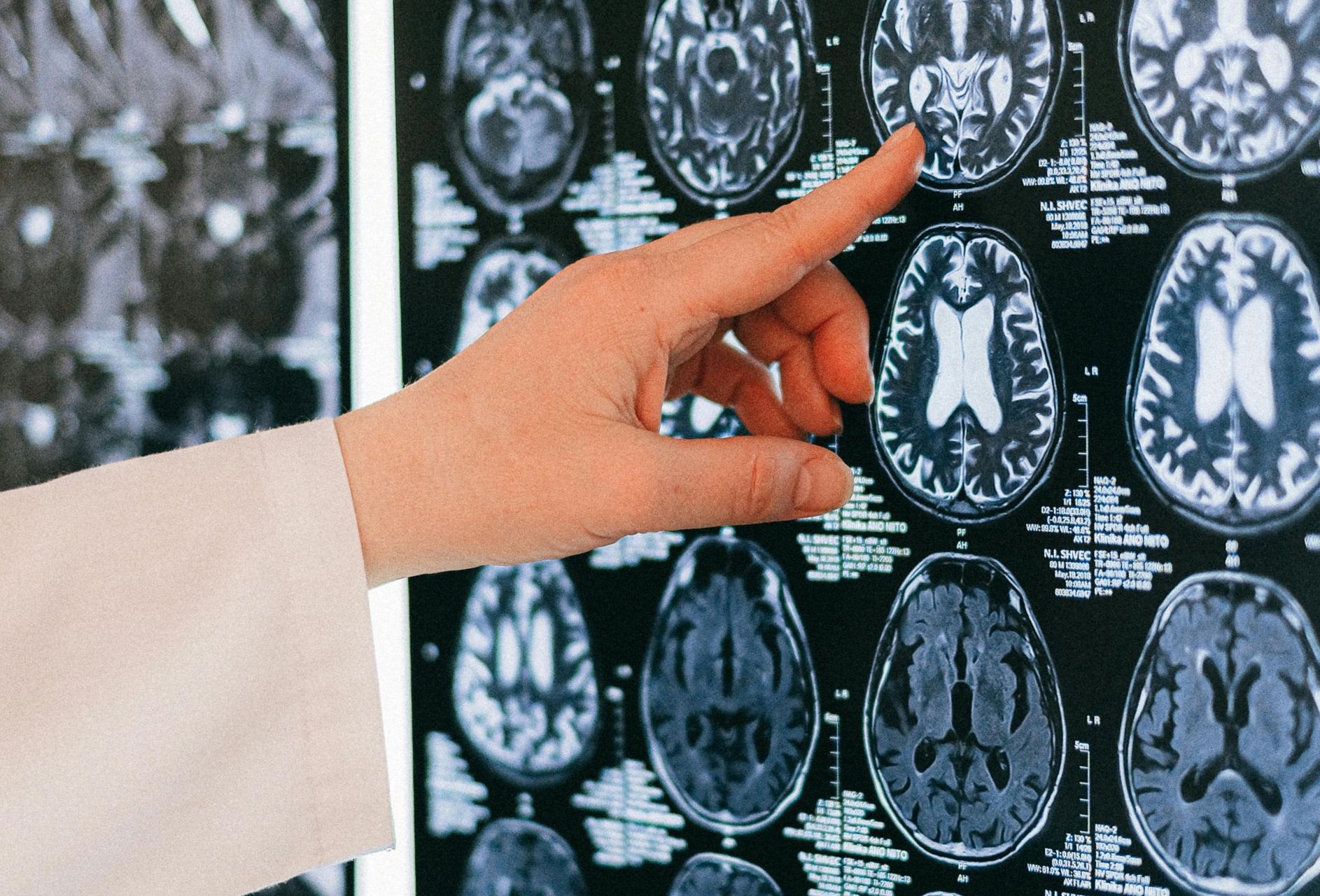Neuroplasticity, also known as brain plasticity or neural plasticity.
Neuroplasticity, often referred to as brain plasticity or neural plasticity, is one of the most exciting areas of neuroscience research today.
Neuroplasticity, often referred to as brain plasticity or neural plasticity, is one of the most exciting areas of neuroscience research today. The concept describes the brain's ability to adapt and change in response to experiences, learning, and injury. Here are the top seven facts you should know about neuroplasticity.
1. What is Neuroplasticity?
Neuroplasticity refers to the brain's ability to reorganize itself by forming new neural connections throughout a person’s life. This flexibility allows the brain to adjust in response to new information, sensory experiences, and even injury. Neuroplasticity can occur at the level of individual neurons or involve larger brain networks.
2. Types of Neuroplasticity
There are two main types of neuroplasticity: functional plasticity and structural plasticity. Functional plasticity allows areas of the brain to take over functions from damaged regions. Structural plasticity involves the brain’s ability to physically change in response to learning or environmental changes, leading to the growth of new synapses and alterations in the brain's structure.
3. Critical Periods for Learning
Research shows that there are critical periods in development when the brain is particularly receptive to learning new skills and information. For example, young children exhibit high levels of neuroplasticity, making it easier for them to acquire language and motor skills. While neuroplasticity continues throughout life, critical periods highlight how our ability to learn can diminish with age.
4. Neuroplasticity in Recovery from Injury
One of the most remarkable aspects of neuroplasticity is its role in recovery from brain injuries and strokes. The brain can often compensate for lost functions by rewiring itself and forming new connections. Rehabilitation therapies designed to harness neuroplasticity, such as physiotherapy and cognitive exercises, can significantly enhance recovery.
5. Learning and Memory Enhancement
Neuroplasticity is essential for learning and memory. As we learn new skills or acquire information, the brain forms new synaptic connections and strengthens existing ones. This process, known as synaptic plasticity, is crucial for retaining knowledge and improving cognitive functions, demonstrating that our brains can continue to grow and adapt as we age.
6. The Impact of Environment and Lifestyle
Environmental factors and lifestyle choices can significantly influence neuroplasticity. Engaging in regular physical exercise, mental challenges (such as puzzles or learning new languages), and maintaining social connections can promote healthy brain plasticity. Conversely, chronic stress and a sedentary lifestyle may hinder the brain's ability to adapt and grow.
7. Enhancing Neuroplasticity Through Mindfulness and Meditation
Studies have shown that mindfulness practices, such as meditation, can boost neuroplasticity. Meditation encourages focus, emotional regulation, and self-awareness, which can lead to structural changes in the brain, particularly in areas associated with memory, learning, and self-regulation. Incorporating mindfulness into daily routines can be a powerful tool for enhancing cognitive flexibility and overall mental health.









